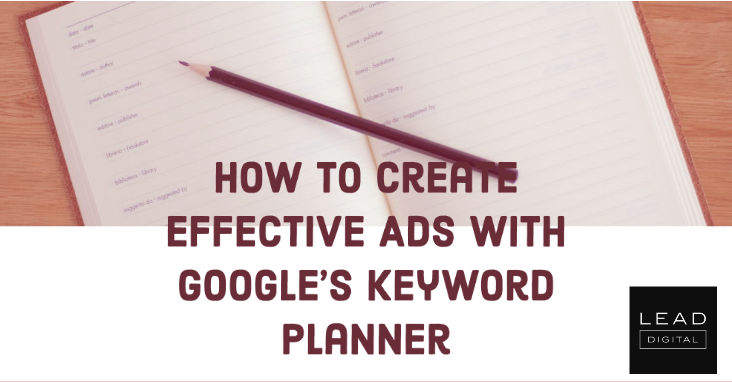 With over 5.5 billion searches made on Google per day, there’s no question that the platform is the place we turn to for answers on just about everything. It’s only reasonable for a business seeking to grow to build presence on Google’s advertising platform, Google Ads (previously called Google AdWords), now that it’s become the fastest way to discover new things.
With over 5.5 billion searches made on Google per day, there’s no question that the platform is the place we turn to for answers on just about everything. It’s only reasonable for a business seeking to grow to build presence on Google’s advertising platform, Google Ads (previously called Google AdWords), now that it’s become the fastest way to discover new things.
Google Ads is a powerful platform that can get your business seen worldwide on your own terms and budget. Consequently, the dashboard provides various information that, when analyzed right, can help a user make intelligent marketing decisions.
The platform also comes with tools that can help a user maximize reach and budget. One of these is the Google Ads Keyword Planner which you can find under the Planning section of Tools & Settings.
Like any other keyword research tool, Google’s Keyword Planner can provide you with keyword ideas and search volume data to help design campaigns. What differentiates it is that it’s free as long as you have a Google Ads account set up, and because it’s a built-in feature, it only takes a few clicks to incorporate your keyword research results into your existing ad campaigns.
With the amount of information available in Google Ads, you may ask questions like, which of these metrics mean I’m running a successful campaign? What can I do to improve? All you need is in one Google Ads account.
In this article, we will break down the anatomy of an effective Google Ad and introduce ways to use information the Keyword Planner tool provides.
First off, let’s take a look at what comprises a good ad.
Writing Good Google Ads
How do we define successful ad campaigns and what elements do effective ads have in common? This section won’t discuss what impressions, CTRs, and conversion rates mean, but the ad attributes you need to keep in check to see those metrics perform well.
1. Concisely introduces a solution to a problem
Keyword: concisely. With the number of elements fighting for your audience’s attention on the internet and limited ad space on screens, it’s important for your ad copies to be crisp. Avoid redundancies, omit unnecessary phrases, and try to reduce wordiness without missing points that can grab your audience’s attention.
Additionally, Google has character limits for headlines and descriptions on text ads. A standard Google Ads text ad is made up of a headline and a two-line description. Well-crafted ads are able to highlight a product or service’s sellable points in only a few but highly relevant number of words.
2. Maximizes ad budget
Optimizing the following aspects can greatly help in maximizing your ad budget on Google:
• Clear customer targeting
• Keyword relevance
• Landing page quality
It is these three factors that make up an ad’s Quality Score – the higher it is, the lesser Google charges you per click.
You don’t want to blow thousands of dollars advertising luxury accommodations to budget travelers. They’re not part of your market, and even if you bid on general keywords in your industry, your audience will most likely leave your landing page as soon as they realize your offer is not what they’re looking for.
To make more bang for your buck, before setting up a campaign, first identify what your market needs, how they’re looking for it, and prioritize relevance from writing ad copies to building your landing page.
3. Generates quality clicks
Ultimately, what we want from our ad campaigns is to gain a good amount of impressions among our market, get people to click on our ad and find out more about what we’re offering, and get them to purchase, subscribe, donate, or sign-up. In short, an ad campaign is only effective when it leads users to the last step of the process — conversion.
That’s why it pays to speak your target audience’s language and identify searches you don’t want your ads to appear in.
One way to do this is to take time to list down keywords that can mean an entirely different thing from your offering and add them as negative keywords. For example, if you’re selling mouse traps, it can benefit you to add ‘electronic’ or ‘wireless’ as your negative keywords so your ads don’t show up in searches made by people looking for the computer accessory. – Read more



